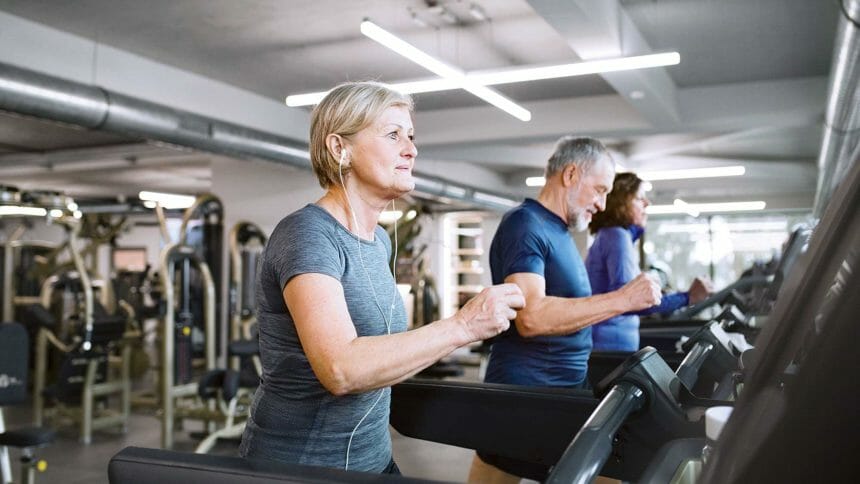
As individuals age, maintaining an active lifestyle becomes increasingly crucial for overall health and well-being. Regular exercise not only enhances physical strength and flexibility but also boosts cognitive function, improves mood, and reduces the risk of chronic conditions. However, it is essential for the elderly to approach exercise with caution and tailor their routines to suit their specific needs and limitations. In this comprehensive guide, we will explore various aspects of exercise for the elderly, including its benefits, recommended types of exercises, safety considerations, and tips for getting started.
The Importance of Exercise for the Elderly
Enhancing Physical Health:
a. Improved cardiovascular function and reduced risk of heart disease
b. Strengthened bones and reduced risk of osteoporosis
c. Enhanced balance and reduced risk of falls
d. Maintained muscle mass and strength
Boosting Mental Well-being:
a. Improved cognitive function and reduced risk of dementia
b. Enhanced mood and reduced symptoms of depression and anxiety
c. Increased energy levels and reduced fatigue
d. Improved sleep patterns
Types of Exercises Suitable for the Elderly
Aerobic Exercises:
a. Walking: Benefits, tips, and safety considerations
b. Swimming: Low-impact and joint-friendly exercise
c. Cycling: Benefits and precautions
d. Water aerobics: Gentle workout with added resistance
Strength Training:
a. Importance of maintaining muscle mass
b. Bodyweight exercises: Squats, lunges, push-ups, and more
c. Resistance band exercises: Safe and effective strength training
d. Weight machines: Proper form and precautions
Flexibility and Balance Exercises:
a. Stretching exercises: Enhancing flexibility and preventing injuries
b. Yoga and Tai Chi: Promoting balance, flexibility, and mindfulness
c. Chair-based exercises: Ideal for individuals with limited mobility
Safety Considerations and Precautions
Consultation with Healthcare Professionals:
a. Discussing exercise plans with doctors or healthcare providers
b. Addressing existing health conditions and modifications to exercise routines
Warm-up and Cool-down:
a. Importance of gradual warm-up exercises
b. Cooling down to prevent muscle soreness and promote recovery
Proper Form and Technique:
a. Guidance from trained professionals or fitness instructors
b. Avoiding excessive strain and injury
Appropriate Clothing and Footwear:
a. Comfortable and breathable clothing
b. Supportive footwear to prevent falls and injuries
Tips for Getting Started and Staying Motivated
Setting Realistic Goals:
a. Creating achievable and measurable targets
b. Focusing on individual progress rather than comparing with others
Finding Suitable Exercise Programs:
a. Joining senior fitness classes or community groups
b. Exploring online resources and exercise tutorials
Incorporating Exercise into Daily Routine:
a. Establishing a regular exercise schedule
b. Breaking exercise sessions into smaller, manageable intervals
Social Support and Accountability:
a. Exercising with friends or family members
b. Joining support groups or fitness communities
Conclusion
A Tampa Bay Senior Fitness expert told me regular exercise is a vital component of healthy aging, providing numerous physical and mental benefits for the elderly. By understanding the importance of exercise, selecting appropriate activities, and considering safety precautions, older individuals can maintain and improve their overall well-being. Whether it’s a leisurely stroll, a gentle yoga session, or strength training with resistance bands, there are various exercise options to suit different abilities and interests.